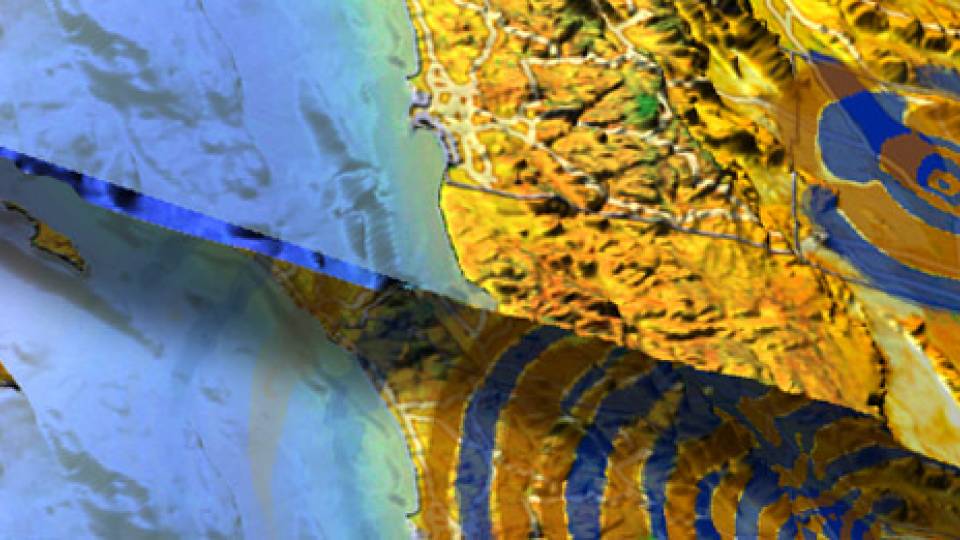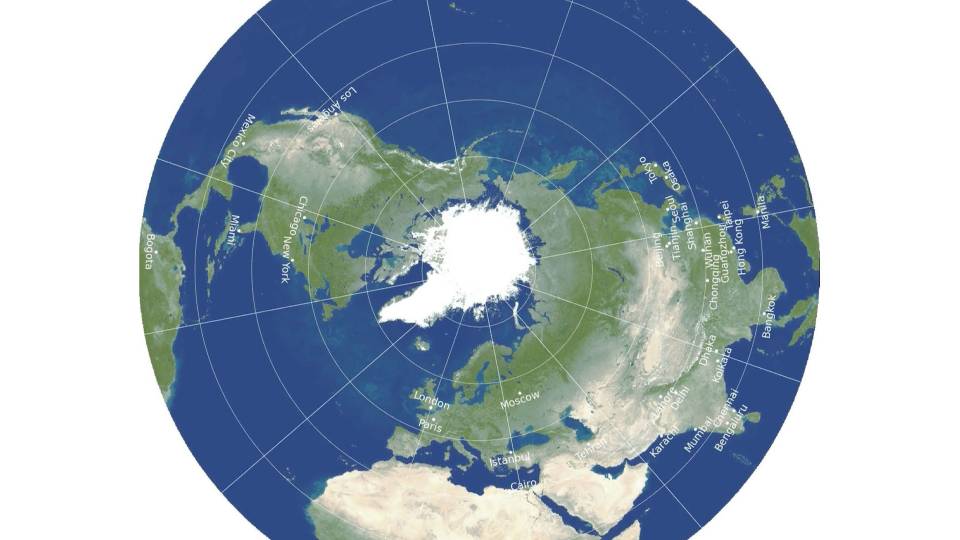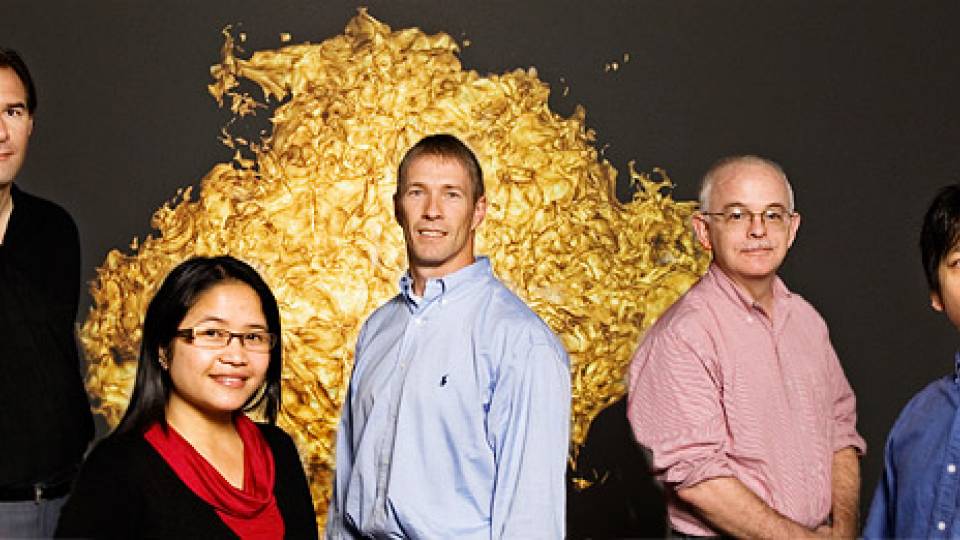As an atmospheric scientist, Martin Jucker found it frustrating that the Earth's atmosphere typically appears as a consistent, two-dimensional plane when scientists visualize atmospheric data. Horizontal and vertical data are often modeled separately, resulting in both "a very high and a very short box," said Jucker, an associate research scholar in Princeton University's Program in Atmospheric and Oceanic Sciences.
To create computer models that look like the Earth's actual atmosphere, Jucker developed a freely available software package for ParaView — an open-source software package that is one of the most popular programs for visualizing scientific data — that calculates the true spatial dimensions and curvature of Earth's atmosphere. Recently reported in the Journal of Open Research Software, the package, known as "pv_atmos," allows researchers to create spherical and correctly proportioned 3-D models of atmospheric data.
"I want to model the stratosphere, but I also want to model what's happening on the ground. I needed something that shows me both," Jucker said. "The models are much more real to people if they see the atmosphere as it really looks instead of as a flat box."
The atmosphere not only matches the Earth's spherical shape, the pressure of each layer also is shaped by the pressure put on it from the layers above. This means that lower portions of the atmosphere are much more condensed than those higher up.
If we segment, as Jucker does in his work, the atmosphere into a thousand increments made up of 100 pascals (hPa) — the units that measure pressure — then the distance between each increment as one travels away from the ground increases as pressure from above is reduced. In real life the distance between the ground-level, high-pressure atmosphere measuring 1,000 hPa and the atmosphere exerting 100 hPa of pressure is the same as the distance between the 100 hPa and the 10 hPa increments.
But data models usually show all those increments as being the same size, Jucker said. Even 3-D modeling tools such as ParaView that unflatten the box still fall short of reality. ParaView images the atmosphere in the wrong shape, he said: too thick, too high and not spherical.

This winner of the first-place jury prize in Princeton's 2013 Art of Science competition is a time-lapse of easterly (blue) and westerly (red) winds circling the Earth. (Image by Martin Jucker, Program in Atmospheric and Oceanic Sciences)
Although Jucker's software package is not the only one of its kind (many labs develop similar packages for their own use), it is among only a few available to anyone who wants it — or even wants to improve upon it, Jucker said. Because his software, like ParaView itself, is open-source (or freely available), it is akin to a perpetual group project that is never final as long as people see room for improvement. "What I'm hoping for is that people around the world will start adding to it. Anyone who wants to can download it and work on it themselves," Jucker said.
He also hopes to help the less computer-inclined who reach out to him visualize their data. Jucker has used his software package to create numerous 3-D images and films based on atmospheric data that he uses to present his work to fellow scientists and non-scientists alike. His visualization of wind circling the Earth won the first-place jury prize in Princeton's 2013 Art of Science competition.

This image shows a displaced polar vortex on Feb. 28, 1984. Time and scale are important for modeling events such as the "splitting," or sudden warming, of the polar vortex. The splitting takes about 10 days and can affect surface-level temperatures for several weeks. (Image by Martin Jucker, Program in Atmospheric and Oceanic Sciences)
" I hope there are other scientists out there who will come to me and take advantage of this functionality," he said. "It's helped me show people work that might not have been as interesting or understandable when presented as a flat box."
The software package pv_atmos is available online, as are examples of Jucker's 3-D images and movies. The paper, "Scientific visualization of atmospheric data with ParaView," was published online by the Journal of Open Research Software June 3.

Jucker needed software that modeled the true dimensions of the Earth's atmosphere. The distance between different atmospheric layers is determined by pressure from the layers higher up; the closer to the ground a layer is, the more compressed it will be. This image shows the circulation and movement of westerly winds between the South Pole (left) and the North Pole (right) between January (rear) and December (front). The atmosphere's circulation (black arrows) and temperature effect (warm is yellow, green is cold) changes with atmospheric pressure, which is measured in hundreds of pascals (hPa) from 100 hPa (closest to the ground) to 10 hPa. (Image by Martin Jucker, Program in Atmospheric and Oceanic Sciences)






